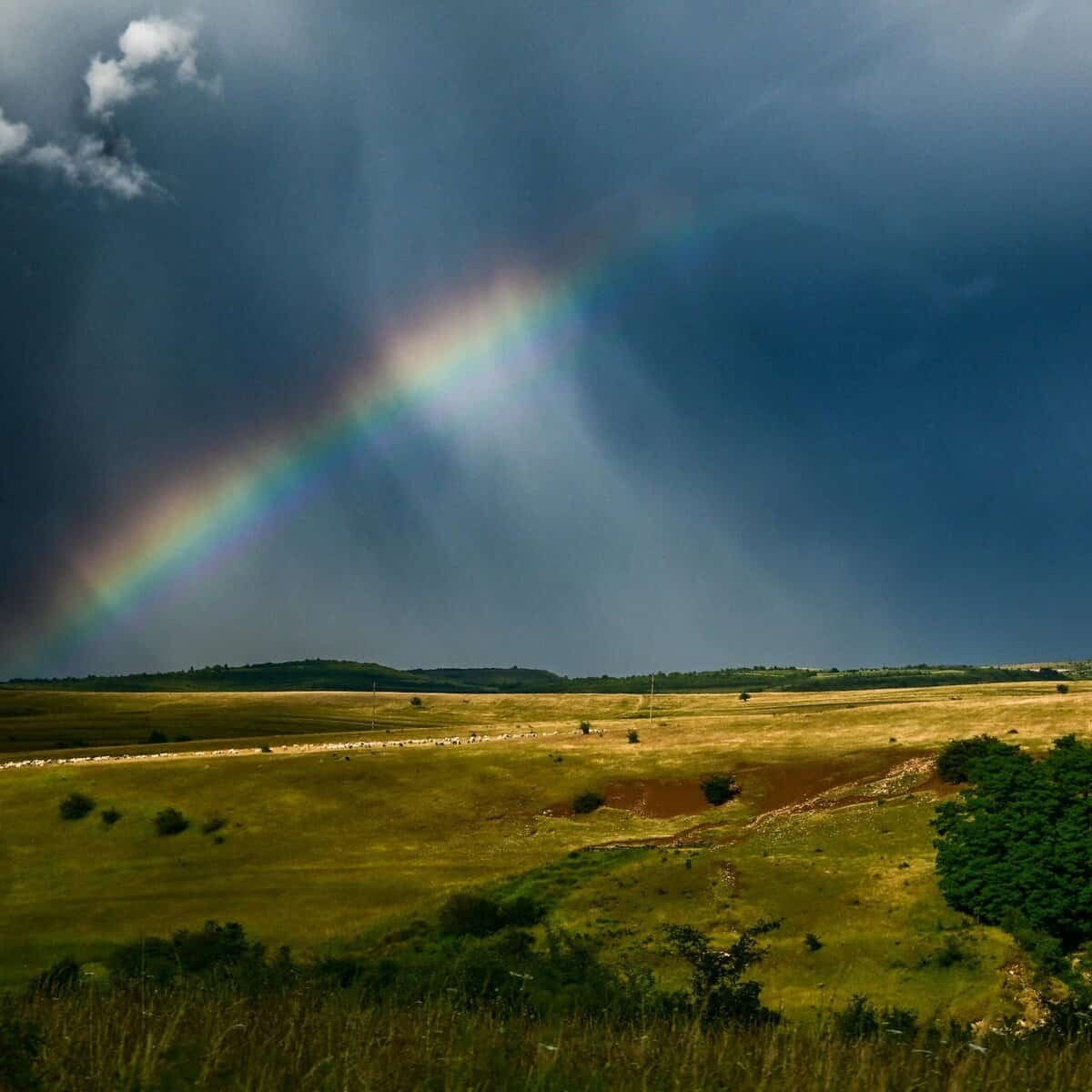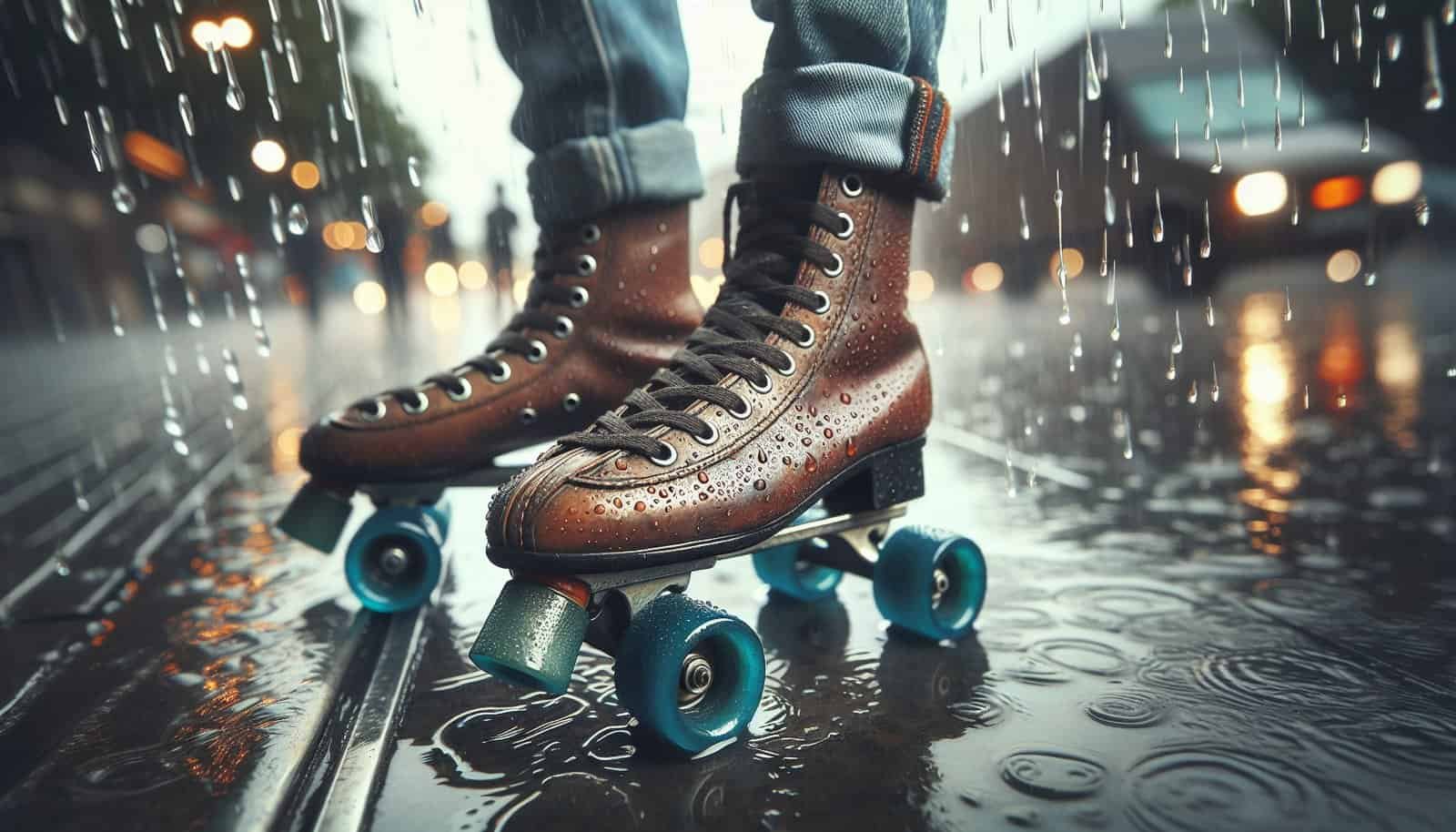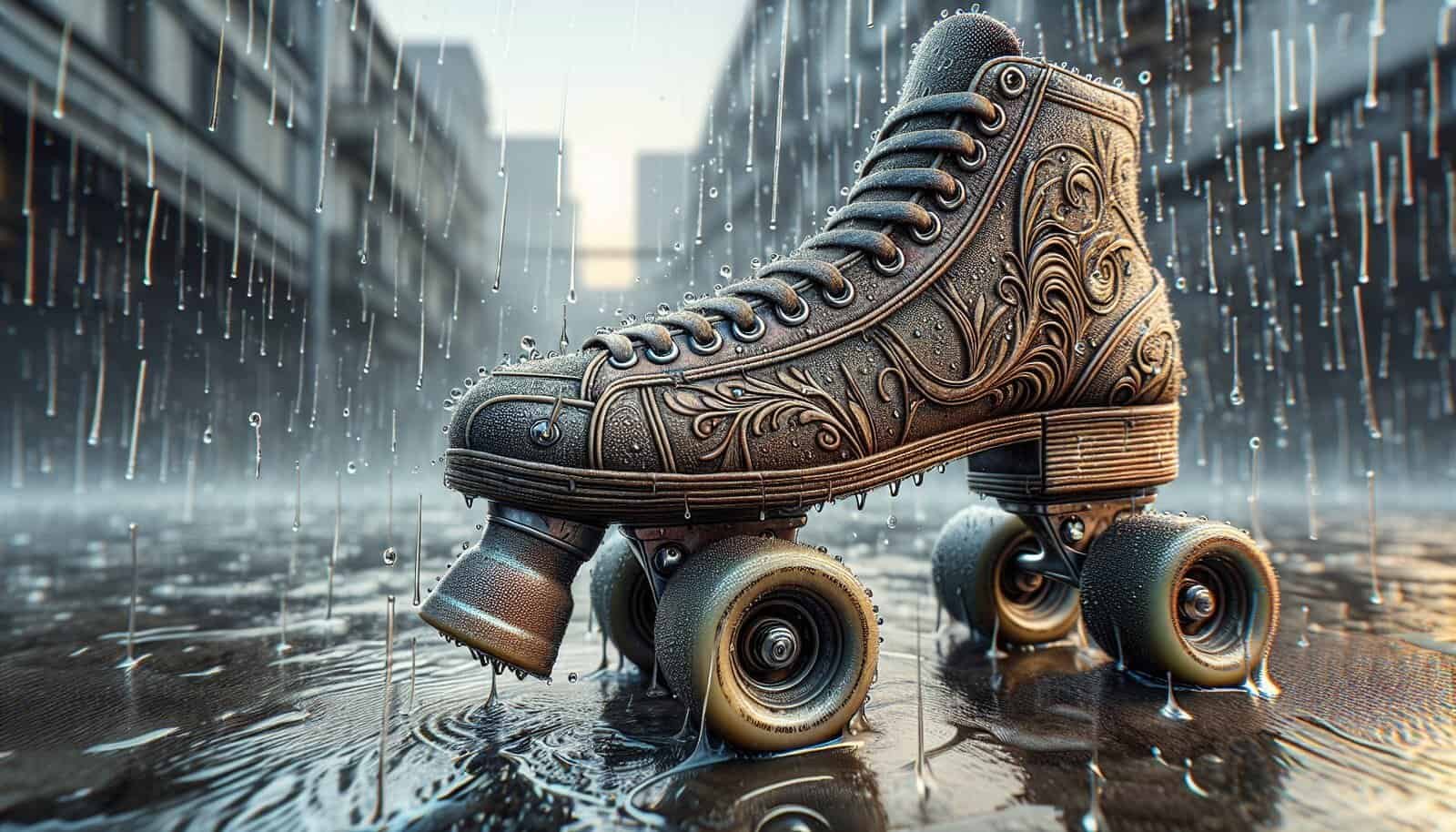Have you ever looked out the window on a rainy day and wondered if you could still go out and skate? Skating in the rain can be a unique and exhilarating experience if you approach it with the right mindset and preparation. You’re probably curious about how you can safely glide over those wet surfaces without compromising your skills—or your safety.
Preparing to Skate in the Rain
Before you head out into the elements, it’s essential to prepare both yourself and your gear. Skating in the rain requires different equipment considerations and a mindset geared towards safety and adaptability.
Check Your Gear
Your first step should be ensuring that your skating gear is ready for wet conditions. Regular skates may not perform well when wet, so consider these adjustments:
- Use Rain-Appropriate Wheels: Regular skateboard wheels can become slippery on wet surfaces. Opt for softer wheels, which will provide better grip and control. Typically, wheels with a durometer rating of 78A to 84A work best for wet conditions, as they can absorb more shock and provide better traction.
- Waterproof Your Shoes: Your shoes will get wet quickly if not protected. Consider waterproof skate shoes or apply a water-resistant spray to your regular shoes. This will help maintain your grip on the board.
| Gear Component | Recommendation |
|---|---|
| Wheels | Softer (78A-84A) |
| Shoes | Waterproof or spray coat |
| Bearings | Rust-resistant types |
Rust-Proof Your Bearings
Bearings can easily rust when exposed to water, so investing in stainless steel or ceramic bearings is a wise choice for skating in the rain. These types resist rust and corrosion, extending the longevity of your equipment.
Dress Appropriately
Your attire can greatly affect your comfort and performance in the rain. You want clothing that keeps you dry without restricting movement.
- Wear Layers: Layering will keep you warm, as body temperature can drop when wet. Consider wearing a moisture-wicking base layer to help keep your skin dry, followed by a waterproof shell to protect against rain.
- Visibility: Rainy conditions often mean lower visibility. Wear bright colors or reflective gear to ensure you’re visible to others, especially in areas with vehicle traffic.

Understanding Wet Conditions
Skating in the rain demands a solid understanding of how the environment changes and how those changes affect your skating experience.
Altered Surface Conditions
When you’re skating in wet conditions, the surfaces behave differently under your wheels.
- Reduced Traction: Expect significantly less traction compared to dry pavement. Wet surfaces cause your wheels to slip more easily, requiring more controlled and cautious movements.
- Puddles and Wet Patches: Puddles can mask uneven terrain or debris, leading to abrupt halts or spills. Try to avoid them when possible or approach with caution.
Adapting Your Technique
Even seasoned skaters need to adjust their techniques when rain clouds roll in. Here’s how you can adapt:
- Adjust Your Speed: Keep your speed in check, as stopping quickly becomes a challenge on wet surfaces. Slow down as needed to maintain control.
- Keep Your Balance: Balance becomes more critical as your wheels slip easier. Bend your knees slightly and keep a lower center of gravity to react quickly.
- Anticipate Longer Stops: Give yourself more distance when planning to stop. Begin decelerating well in advance, and use controlled slides rather than abrupt stops.

Safety Considerations
Your safety should never be compromised, especially when the weather adds an extra layer of complexity.
Mind the Surroundings
Awareness is always important, but even more so when the rain limits your sensory input.
- Listen Carefully: Rain can drown out sounds typically crucial for navigating your path safely, such as approaching vehicles or other skaters.
- Watch for Traffic: Rain often reduces visibility for drivers as well as skaters. Use marked paths when available, and treat all crossings with extra caution.
Avoid Busy Areas
Crowded places can become chaotic when wet. Look for quieter, less populated areas to skate. This not only provides you more room to maneuver but also reduces the risk of collisions.
Protect Yourself
Consider protective gear that suits rainy conditions:
- Helmets and Pads: Always wear a helmet, and consider knee and elbow pads. The chance of a slip-induced fall increases in the rain.
- Wrist Guards: These can provide additional protection against falls, as your instinct may be to outstretch your hands when slipping.

Post-Skating Care
What you do after your rainscapade is as essential as the preparation and actual skating.
Dry Your Gear
Post-session care ensures your equipment lasts. Thoroughly drying your gear prevents rust and prolongs the life of your skates.
- Store Properly: Take your wheels, bearings, and any metal parts off your skates and dry them separately. You can use a soft towel to pat them dry.
Inspect for Damage
Check your equipment for any damage after skating in wet conditions.
- Look for Rust: Inspect your bearings and trucks for any signs of rust.
- Check Your Wheels: Ensure your wheels have no significant wear or uneven spots that may have developed during your session.

Embracing the Experience
While skating in the rain comes with unique challenges, it can also offer a new perspective and enhance your skills through the art of adaptability.
Experiencing New Sensations
Rainy sessions could expose you to new elements, sounds, and visuals that skating in dry weather might not provide.
- Enjoy the Challenge: There’s a certain joy in mastering a skill under different conditions, which only makes you a more versatile skater.
- Take In the Atmosphere: The sound of rain hitting the pavement and the cool mist can create a serene background for your session, making your skating as much a mental escape as a physical activity.
Connecting with Nature
Skating doesn’t always have to be about maintaining full control. Embrace the chance to connect with your surroundings in a way you may not have before.
- Mindful Skating: Consider your time in the rain as a chance to be more mindful of your surroundings and your body’s response to them. This mindfulness can refresh your appreciation for skating as a whole and enhance your relationship with nature.
In closing, exploring (though not stated directly) the world of skating in the rain can be a worthwhile pursuit with the right preparation and attitude. By following these tips, you’ll be ready to face rainy sessions with confidence and a new sense of excitement. Always remember that safety comes first, but that shouldn’t stop you from enjoying the unique thrill that rainy-day skating can provide.

